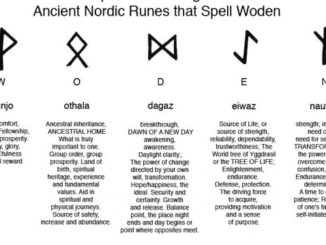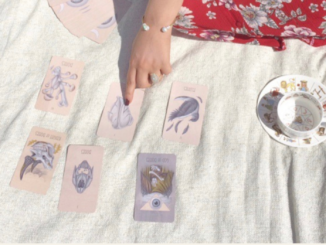
Cassia or Cassia Bark (Cinnamomum aromaticum, synonym C. cassia) is often substituted for Cinnamon (Cinnamomum zeylanicum and C. Verum) because it is much cheaper to cultivate and is a close relative to cinnamon. Cassia is primarily native to Southern China, Bangladesh, India, and Vietnam. Korintje Indonesian cassia (Cinnamomum burmanni) or Padang cassia is primarily what is imported to North America.
Cinnamon originally hailed from Southern Asia and the West Indies, dates back as far as circa 2700 BCE. This aromatic herb (spice) was grown and used by the early Chinese and Ayurvedic healers as a treatment for fever, diarrhea, digestion, pain, and dental (tooth and gum) ailments, and more. It has been used as an antiseptic to help kill certain types of staph fungi, bacteria, and other micro-organisms. In addition, cinnamon was added to natron (i.e., a natural mineral that is water absorbent and a drying agent) embalming mixtures used by the Ancient Egyptians, during mummification, where the body cavities were filled with this spice as a preservative. The herb (leaf and bark), oil, tonic, tea, and incense are highly useful for medicinal, aromatherapy, culinary, and for magickal (Hoodoo spiritual) purposes-such as:
- Astral Projection
- Creativity
- Divination
- Energy (Power)
- Healing
- Love (Lust)
- Meditation
- Money Drawing (Wealth)
- Protection
- Purification (Cleansing)
- Success
Other Names for Cinnamon:
- Ceylon Cinnamon, True Cinnamon
- Arabic: Qerfa
- Chinese: yook gway
- French: cannelle
- German: Ceylonzimt, Kaneel
- Indian: dal-chini, darchini, dhall cheene
- Italian: cannella
- Sinhalese: kurundu
- Spanish: canela
- Tamil: karuvappadai
- Other Types of Cassia:
- Chinese cassia (Cinnamomum cassia) or Cassia – native to Burma and South China.
- Indian cassia (Cinnamomum tamala) – native to India.
- Saigon cassia (Cinnamomum loureirii) – native to Indonesia; grown in Korea and Japan.
- Oliver’s Bark (Cinnamomum oliveri) – Australian substitute of cassia and cinnamon.
- Mossoia Bark (Cinnamomum) – Papua New Guinea substitute for cassia and cinnamon.
All in all, Senna (Senna Genus) and Cassia (Cassia Genus) are both part of the Fabaceae Family while Cinnamon is of Lauraceae Family and the Cinnamomum Genus.
Proudly WWW.PONIREVO.COM



